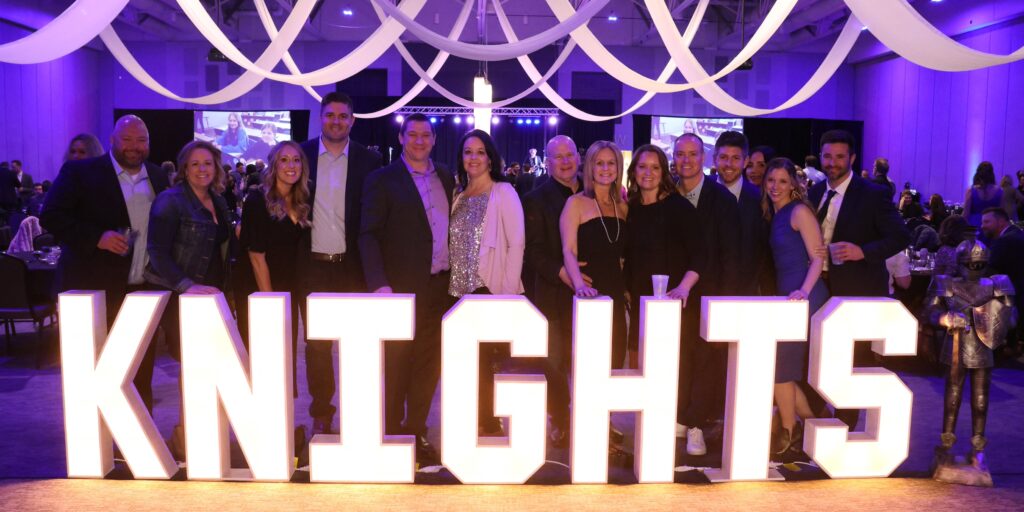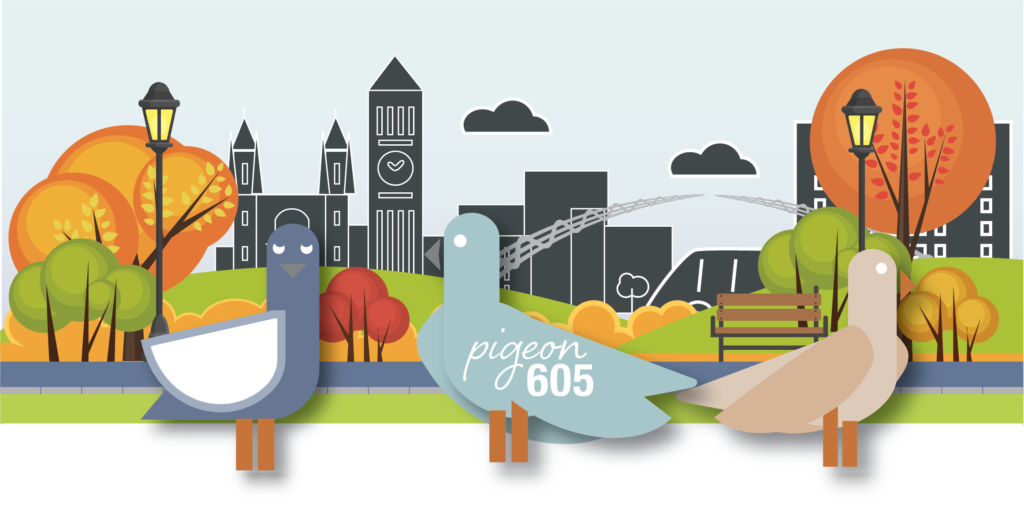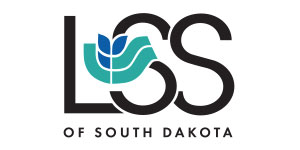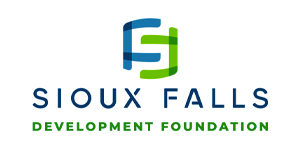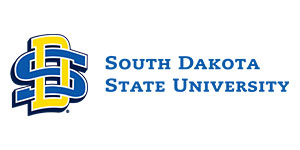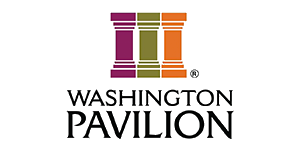How a 161-year-old decision is helping build Sioux Falls, state’s key industries today
This paid piece is sponsored by South Dakota State University.
Just as the emerging skyline of Sioux Falls rises, so goes the evolving image of the state’s public land-grant university: South Dakota State University.

Land grant, with a rich history and economic impact, once implied “ag school” because its graduates and researchers improved farm practices. SDSU still does that, but its graduates now grow the core of the state’s largest city and more.
Planners, architects and engineers help envision, draw and construct The Steel District and Cherapa Place, a combined half-billion dollars of development. Many of those professionals leading it are SDSU graduates who literally build Sioux Falls.

“If you look at what it takes to get a building project done in Sioux Falls, where you see all the cranes in the sky, it starts with good business development, architecture, civil engineering, mechanical engineering, landscape architecture and interior design,” SDSU President Barry Dunn said.

“Those are all fields where we have degree programs, including things like construction management and concrete industry management. When I visit a construction site, it’s full of SDSU grads building through this legendary period of growth.”

Pick an industry and Dunn could say the same for many:
- Nursing – the state’s largest program graduating more than 300 annually.
- Pharmacy – the only program for South Dakota, and its graduates pass board tests at one of the highest rates in the nation.
- Education – SDSU confers more education and education-related degrees annually in the state.

Electrical engineering quietly keeps the power grid running.
“That’s another top-notch program in engineering that doesn’t get talked about enough but is as old as the rural electric system it helps support,” Dunn said. “If you go into any rural electric or large co-op or power supplier, there are SDSU grads everywhere. It’s a very successful program that also builds on the original mission of a land-grant university and is preparing students to support the future needs of our grid.”
And while agriculture and engineering were the core programs envisioned by the land-grant founders, others offered by SDSU help fulfill its mission too, he added.

“The vision also was to develop an educated citizenry more broadly to support a functional democracy,” he said. “So we have a school of journalism. People need to understand what happened in the past, so we have a school of history and political science.”
Add to that SDSU’s strong standing in the performing arts, including The Pride of the Dakotas marching band with its regular appearances on national stages such as the Macy’s Thanksgiving Day Parade, and SDSU lives up to a land grant’s lesser-known role of teaching the classics.

Beyond the pragmatic benefits of a land-grant university, though, Dunn continues to see its original mission of accessibility resonate.
“That legislation recognized that all people in society have a basic right to education, and that is at the core of public higher education,” he said.
Accessible for all
Of all the ways President Abraham Lincoln is credited with seeing the future, this one endures centuries later and has created unprecedented opportunity for countless people.
It was 1862. The country was in the middle of a civil war, and Lincoln signed landmark legislation: the Morrill Act, named for sponsor Rep. Justin Morrill of Vermont, which gave each state 30,000 acres per senator or representative to establish colleges that would focus on agriculture and engineering.
Until then, “higher education was reserved for the elite in society,” Dunn said.
“Lincoln and Morrill and the other leaders who put this together realized to have an industrial revolution, which was coming, required people trained in engineering, and that you couldn’t have an industrial revolution and move people into cities without also having a revolution in agriculture so we ultimately could end up with 1 percent of the population feeding 99 percent. It’s a great success story with an enormous impact on American society.”

More than a century later, the spirit of accessible education for all continues to thrive at SDSU, which was established with 120,000 acres because the state had two senators and two representatives at the time.
One-third of that continues to be used for agricultural education as the 40,000-acre South Dakota Agricultural Experiment Station.

“That allows for cutting-edge research to complement our teaching,” Dunn said. “Continuing to improve our approach to agriculture helps move the quality of life forward for all as we advance our tech revolution in ag and more broadly.”
Consider SDSU’s impact on the state’s growing dairy industry, for instance.
“Dairy manufacturing at SDSU was part of a plan developed 25 years ago to create a dairy corridor along Interstate 29 to supply milk to processors, and it’s been an enormous success thanks to the support and initiative of state government,” Dunn said.
“It’s a very impactful industry adding value to crops grown in South Dakota and just a great example of the land-grant story for agriculture.”
Still relevant today
Land-grant legislation “was revolutionary in human history and is still so brilliant and meaningful today,” Dunn said. “I’m really proud of the strategic planning we’ve done at SDSU while I’ve been president that the commitment has reemerged as a fundamental part of our mission.”
He points to “the tremendous news that for basically four years the cost of tuition and fees to attend a public university in South Dakota has remained flat,” he said. “That’s very challenging, but thanks to the state’s tremendous support, it’s happened. We’ve improved affordability and decreased student debt.”

In fact, SDSU defies national trends on student debt. In 2022:
- One-third of its graduates had no federal loans.
- The remaining average debt was just $22,000, essentially the price of a used car.
Future affordability looks only more promising. With public-private support, the state has launched its Freedom Scholarship, providing needs-based assistance to students who require extra support.
“We awarded $1.6 million at SDSU last fall to 450 students, and we’ll award $1.7 million this year to rising freshmen, plus we’re helping rising sophomores, juniors and seniors finish their degrees. Other schools in the state have done something similar, so it’s really a point of pride for all of us.”

Many students today likely choose SDSU, or even attend it, without understanding its roots as a land-grant university, Dunn added.
“But what they recognize is the breadth of academic programs, the scale and the quality and the very dynamic and interesting fields and job opportunities available to them, so without realizing it, they’re seeing the fruits of this legislation more than a century later,” he said.

“We talk a lot about workforce needs, but we want an educated workforce who can participate fully in society, serve on boards of all kinds and contribute in many ways to communities. That educated citizenry is a primary benefit of public higher education.”
To begin your career journey at SDSU, click here.
Heritage leads to historic program for SDSU president recognized with national honor
Share This Story
Most Recent
Videos
Want to stay connected to where you live with more stories like this?
Adopt a free virtual “pigeon” to deliver news that will matter to you.









